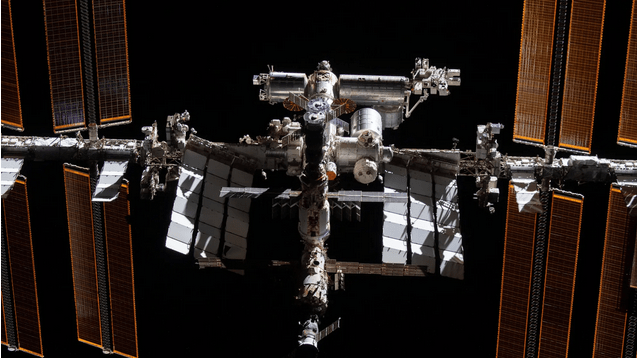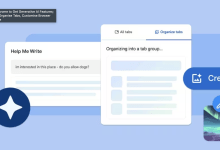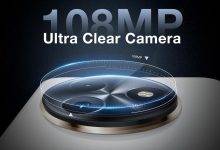
The International Space Station is pictured from the SpaceX Crew Dragon Endeavour during a fly around of the orbiting lab that took place following its undocking from the Harmony module’s space-facing port on Nov. 8, 2021.
NASA Administrator Bill Nelson will discuss recent science research and technology demonstrations aboard the International Space Station at 10:35 a.m. EST Wednesday, Feb. 21, with astronauts living and working aboard the microgravity laboratory.
During the Earth-to-space call, leadership and the crew will discuss a tech experiment demonstrating the performance of a small robot remotely controlled from our home planet to perform surgical procedures in space. They also will highlight a study focused on bone loss in space that may improve our understanding of the mechanisms behind age-related bone loss on Earth, and more ground-breaking research conducted on the microgravity laboratory.
Event coverage will be available on NASA+, NASA Television, and the agency’s website. Learn how to stream NASA TV through a variety of platforms including social media.
Additional participants include:
- Dr. Lisa Carnell, director, NASA’s Biological and Physical Sciences Division
- Jasmin Moghbeli, NASA astronaut
- Andreas Mogensen, ESA (European Space Agency) astronaut
- Satoshi Furukawa, JAXA (Japan Aerospace Exploration Agency) astronaut
Members of the media also are invited to ask questions to the participants during the 30-minute news conference.
Media interested in participating must RSVP no later than 5 p.m. Tuesday, Feb. 20, to the newsroom at NASA’s Johnson Space Center in Houston at 281-483-5111 or jsccommu@mail.nasa.gov. Reporters must dial into the news conference no later than 10:20 a.m. Feb. 21 to ask a question. Questions also may be submitted on social media using #AskNASA.
Read about some of the recent investigations flown to the space station.
The International Space Station is a hub for scientific research and technology demonstration. NASA and its partners continue to maximize use of the space station, where astronauts have lived and worked continuously for more than 23 years testing technologies, performing research, and developing the skills needed to operate future commercial destinations in low Earth orbit, and explore farther from Earth. Research conducted aboard the space station provides benefits for people on Earth and paves the way for future long-duration trips to the Moon and beyond through NASA’s Artemis missions.
Source: www.nasa.gov






